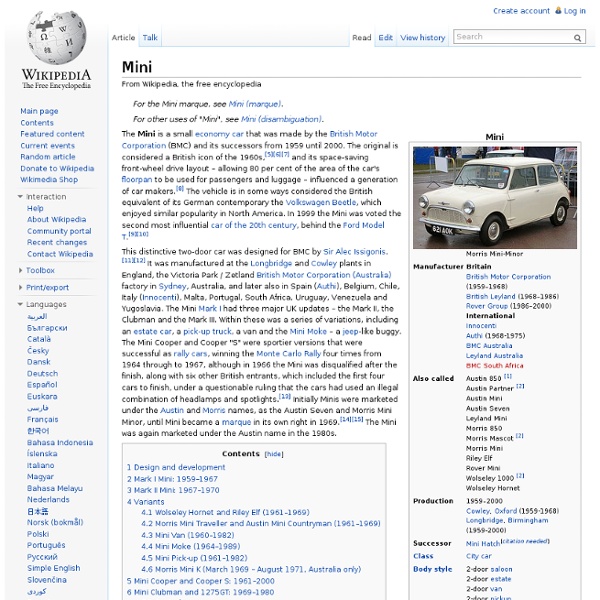Volkswagen Transporter (T4)
After a production run of nearly 14 years, T4 production ceased in 2003, making it second only to the T1 for length of production in its home market. Volkswagen Transporter (T4; Australia) Volkswagen Multivan (T4) facelift The T4 was produced in five basic body types: Panel Van (without any windows behind the b-pillar), Kombi Van or Half-Panel (with windows between the b and c-pillars), Multivan (with windows all round), Westfalia (a VW-produced campervan) and either a single or double cab (Doka, deriving from German: Doppelkabine) — with a pick-up style platform behind it. They were two standard wheelbases available; "short" (2,920 mm or 115 in) and "long" (3,320 mm or 131 in) and a variety of different roof heights, including a pop-top roof for campers. There was one major facelift to the T4, in 1996, when a re-shaped, longer front end was introduced. The commercial variants continued to be produced with the shorter nose until 1999. Indirect injection Turbocharged Direct Injection
Mini
Austin Se7en Mini The Austin Mini was actually called the Austin Seven when it came out. How was the Mini conceived and what was the catalyst that made it happen. After WWII it took several years for factories to resume making peacetime products. In 1952 when Austin took over Morris Motors and the British Motor Corporation was formed, Alec Issigonis decided to leave and take up a post with Alvis at Coventry, to design a new sports car from scratch. Having been at Alvis for nearly four years, Issigonis had an invitation from Leonard Lord to come to Longbridge and join the BMC design team. BMW Isetta 1961 version(£314 to £360) It was not long before petrol rationing took place and the issuing of petrol coupons. Issi, as everybody called him, was convinced that the way to go, was to produce a small car with front wheel drive (FWD), this allowed the centre section of the floor pan to be reduced in height as it would only have to accommodate the exhaust system. 'A' Cell was for the Mini.
How It's Made Automotive Seats (MINI Cooper)
List of Mini limited editions
Decals on the "British Open" limited edition Mini The Mini was offered in a number of limited editions that usually included a special combination of trim and badging, but some also included mechanical upgrades. Anniversary editions[edit] Mini 25[edit] Year: 1984 (July)Based on: Mini MayfairEngine: 998 ccExterior colour: Silver Leaf Metallic (MME - BLVC421)Exterior trim: Nimbus GreyDecals/badges: Side and rear grey and red stripes with "Mini 25" logosInterior: Luxury velvet with red piping, zip pockets fitted to front seats, red seat belts, leather-wrapped steering wheelEquipment: 12-inch wheels, 8.4-inch front disc brakes, full-width wheel trim with arch extensions, 1275GT instrumentation, tinted glass, stereo radio cassette, twin door mirrorsProduction: 3,500 in UK, 1,500 exported Mini 30[edit] Of the 3,000 produced for the UK, 2,000 were in Cherry Red and 1,000 were Black; 2,800 were manual and 200 had an automatic gearbox. Mini 35[edit] Mini 35 Mini 40[edit] London Collection[edit]
Koenigsegg Swedish super sports car
Tulum Sian Kaan Lot With Villa Plans, Sian Ka'an, Quintana Roo Residential Property for Sale by Judi Shaw â Point2 Homes
Private Beachfront lot in Sian Kaan Biosphere, Tulum, with high end Residence that will be constructed by top architecture firm. Located inside the beautiful and idyllic Sian Ka'an Nature Preserve , a UNESCO Heritage Site. These Luxurious Eco Resorts for Sale in the Sian Ka'an are private + exclusive.
Routemaster
The AEC Routemaster is a double-decker bus designed by London Transport and built by the Associated Equipment Company (AEC) and Park Royal Vehicles. The first prototype was completed in September 1954 and the last one was delivered in 1968. The layout of the vehicle was traditional for the time, with a half-cab, front-mounted engine and open rear platform, although the coach version was fitted with rear platform doors. Most Routemasters were built for London Transport, although small numbers were built for British European Airways and the Northern General Transport Company. Despite the retirement of the original version, the Routemaster has retained iconic status. Design[edit] Driver's cab of RML2551 The Routemaster was a departure from the traditional chassis/body construction method. Prototypes[edit] Last built RML2760 with prototypes RM1, RM2 & RML3 at Acton in March 2002 In 1962, the front entrance RMF concept was tried, with RMF1254 based on the trial RMLs. Production[edit]
Me time
Land Rover Series
The Land Rover Series I, II, and III (commonly referred to as series Land Rovers, to distinguish them from later models) are off-road vehicles produced by the British manufacturer Land Rover that were inspired by the US-built Willys Jeep. In 1992, Land Rover claimed that 70% of all the vehicles they had built were still in use. Series models feature leaf-sprung suspension with selectable two or four-wheel drive (4WD); though the Stage 1 V8 version of the Series III featured permanent 4WD. All three models could be started with a front hand crank and had the option of a rear power takeoff for accessories. Development[edit] The Land Rover was conceived by the Rover Company in 1947 during the aftermath of World War II. Maurice Wilks, Rover's chief designer came up with a plan to produce a light agricultural and utility vehicle, of a similar concept to the Willys Jeep used in the war, but with an emphasis on agricultural use. Series I[edit] 1948 Land Rover 80 in Tickford Estate Series II[edit]
Sky is the limit



